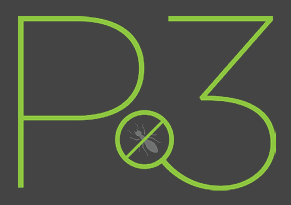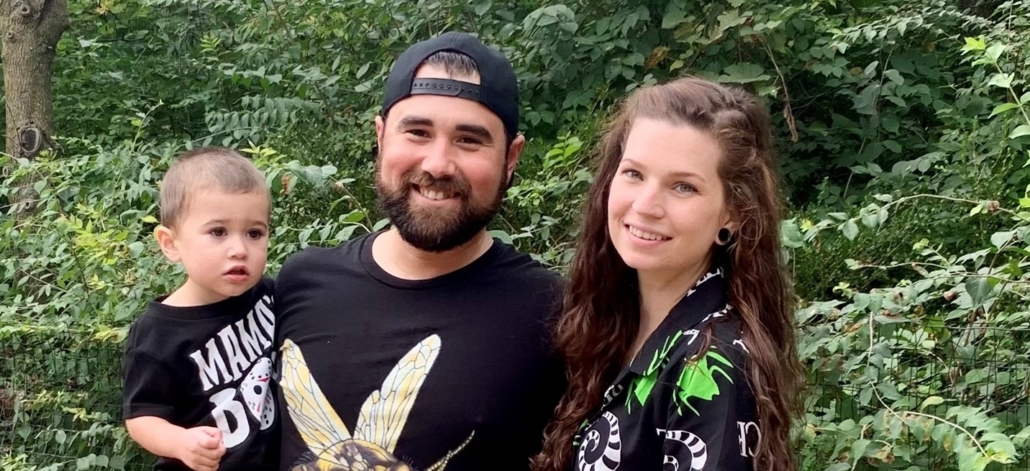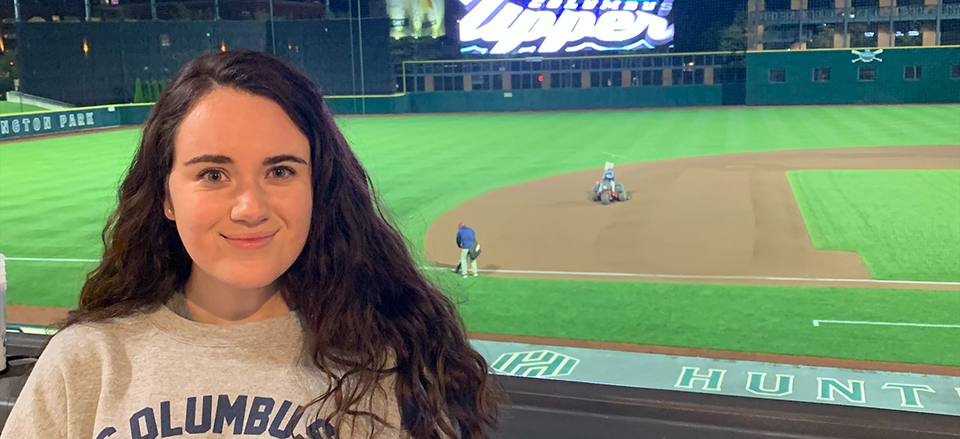
Wasp Tips
Wasp
Wasps have house fly-sized wasps with distinct yellow and black markings and a few hairs. They construct a paper type nest which is tan in color and can be usually found in an underground cavity. Common locations for nests are in lawns, as well as at the base of trees or shrubs. Occasionally, wasps nest in attics, and wall voids of houses and storage buildings.
An individual wasp queen begins building a nest alone in the spring. Once a queen has produced enough workers to take over nest-building and forging duties, she remains inside producing more offspring. The workers expand the nest, forage for food, feed the young and defend the nest. 600-800 wasps live inside one nest at any given time. In the late summer, the colony produces reproductive’s which are insects that will mate. The mated female reproductive will serve as the next generation of queens in the following spring. The males main purpose is mating and they cannot sting.
Wasp pose significant health threats to humans as they have the ability to sting multiple times and may cause allergic reactions. Stinging insects send over 500,000 people to the emergency room each year. Remain vigilant and call EPM if you suspect wasp activity. Control requires specialized equipment and safety precautions.
The first step is to identify the location and the entry point for the nest. Some common areas may include: tree stumps, behind window shutters, picnic tables, trash cans, cracks around the foundation, attics, under hand railings on decks and wall voids. Once the nest is identified, we can begin to build a plan of attack to eliminate the nest. Some options may include: dusting, wasp freeze, fogging, physical removal of nest, residual chemical treatment and mechanical traps.
SCHEDULE AN APPOINTMENT

Preferred Pest Protection
Want complete peace of mind?
Sign up for Preferred Pest Protection (P3), our preventive maintenance program. We know discovering a pest infestation in your home is unsettling. With Preferred Pest Protection, our primary focus is to eliminate household pests and keep them out of your home for good. P3 offers the most comprehensive and hassle-free home protection in Central Ohio.
That means year-round protection and treatment for up to 45 different types of pests – including ants, stinging insects, silverfish and spiders. The best part – no long term contracts.
- Gahanna
- Galena
- Grandview
- Grove City
- Groveport
- Hilliard
- Johnstown
- Lewis Center
- New Albany
- Obetz
- Pataskala
- Pickerington
- Plain City
- Powell
- Reynoldsburg
- Sunbury
- Upper Arlington
- Westerville
- Whitehall
- Worthington
 Team Member Spotlight: Tim Moglianesi Pest management is as much about people as it is about bugs. Just ask our Certified Technician and Trainer, Tim Moglianesi -READ MORE-
Team Member Spotlight: Tim Moglianesi Pest management is as much about people as it is about bugs. Just ask our Certified Technician and Trainer, Tim Moglianesi -READ MORE- Team Member Spotlight: Emily McAleese There are a lot of moving parts that have to be juggled so everything goes smoothly for our customers and technicians alike. Meet Residential and Commercial Services Manager – and… -READ MORE-
Team Member Spotlight: Emily McAleese There are a lot of moving parts that have to be juggled so everything goes smoothly for our customers and technicians alike. Meet Residential and Commercial Services Manager – and… -READ MORE- The EPM Way: Seamless and Stress-Free Our unique operational processes, proprietary Work Order software, and ultra-high standards for delivering an exceptional customer experience come together to make the life of a Property Manager just a little… -READ MORE-
The EPM Way: Seamless and Stress-Free Our unique operational processes, proprietary Work Order software, and ultra-high standards for delivering an exceptional customer experience come together to make the life of a Property Manager just a little… -READ MORE-